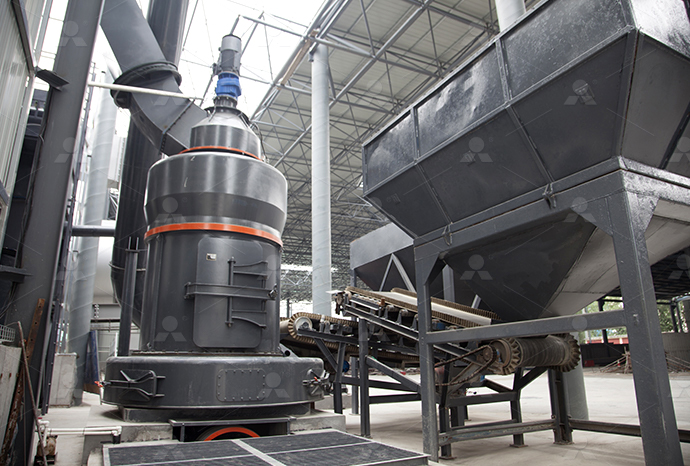
HOME→The role of iron smelting limestone The role of iron smelting limestone The role of iron smelting limestone
The role of iron smelting limestone The role of iron smelting limestone The role of iron smelting limestone
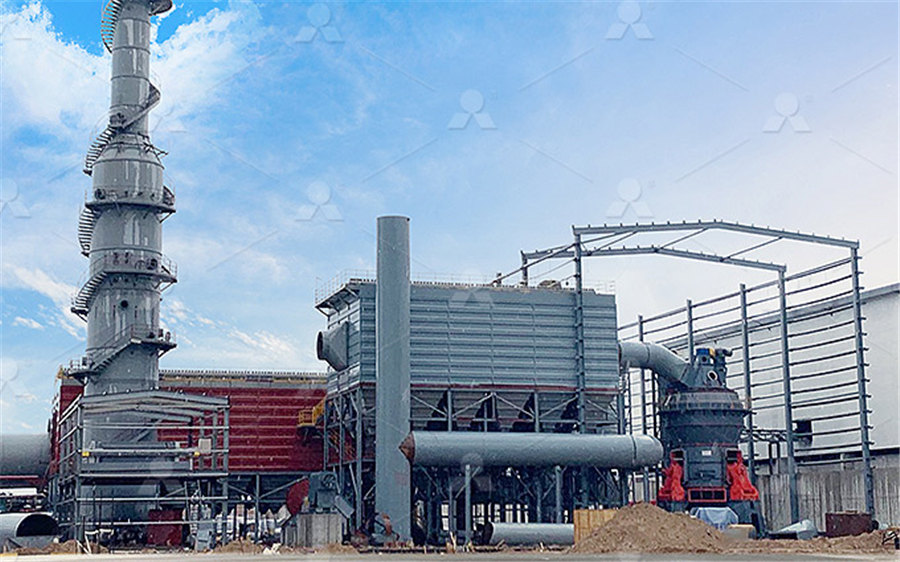
Effect of adding limestone on the metallurgical properties of iron
2015年8月10日 In this study, the effect of adding limestone on the metallurgical properties (reducibility, swelling, cracking, softening temperature, LowTemperature Disintegration, Cold Crushing Strength) of acid iron ore pellets was investigated using a comprehensive set of 2021年11月1日 Abnormal reduction swelling would lead to fragmentation and strength decline of fluxed pellets, affecting the stability of iron production In summary, the basicity of limestone Effect of basicity on the reduction swelling behavior and 2015年6月5日 The present work illustrates the effect of limestone and dolomite as flux material in pelletization of an Indian goethetichematite iron ore with 5975% Fe, 452% SiO2, 384% Effect of Adding Limestone on the Metallurgical Properties of Iron 2015年8月10日 In order to produce highquality pellets with good reducibility and superior softening and melting properties, certain additives are important One of the most common Effect of adding limestone on the metallurgical properties of iron
.jpg)
Influence of limestone particle size on iron ore sinter properties
2010年6月15日 In the present work laboratory sintering experiments have been carried out with different levels of limestone mean particle size (from 014 to 183mm) to understand the 2021年7月16日 This work investigates the melting behaviour of iron ore with calciumbased fluxes, including lime, limestone and basic oxygen furnace (BOF) steelmaking slag With an Full article: Observation of the reactions between iron ore and 2024年3月13日 As a fluxing agent, limestone is added to the blast furnace during iron and steel production to remove impurities and facilitate the formation of slag This slag, a byproduct of Limestone—A Review with Special Reference to the Iron and Steel main applications of limestone in the iron and steel industry as follows 1 Fluxing Agent: Limestone is commonly used as a fluxing agent in the iron and steel industry It is added to Limestone—A Review with Special Reference to the Iron and

Diffusion and reaction mechanism of limestone and quartz in
2024年4月4日 In this study, the interaction between calcium carbonate and iron ore powder and the mineralization mechanism of fluxed iron ore pellet in the roasting process were 1998年5月14日 Summary This chapter contains sections titled: The Production of Iron Open Hearth Steelmaking Smelting The Production of Alumina ReferencesUse of Limestone in Refining Metals Wiley Online Library2024年5月29日 Iron ore is the primary source of iron, coke is used as a fuel and reducing agent, and limestone helps remove impurities from the iron ore during the smelting process Related questionsHow does limestone remove impurities during the extraction of iron 2021年11月1日 Owing to the crystal transformation of iron oxides during the reduction process, the iron ore pellets usually swell to some extent [8]In addition, basicity will have additional influences on the swelling performance [9]Up to now, previous researches have established that the generation of reduction swelling confirms to three viewpoints, respectively, crystal Effect of basicity on the reduction swelling behavior and mechanism
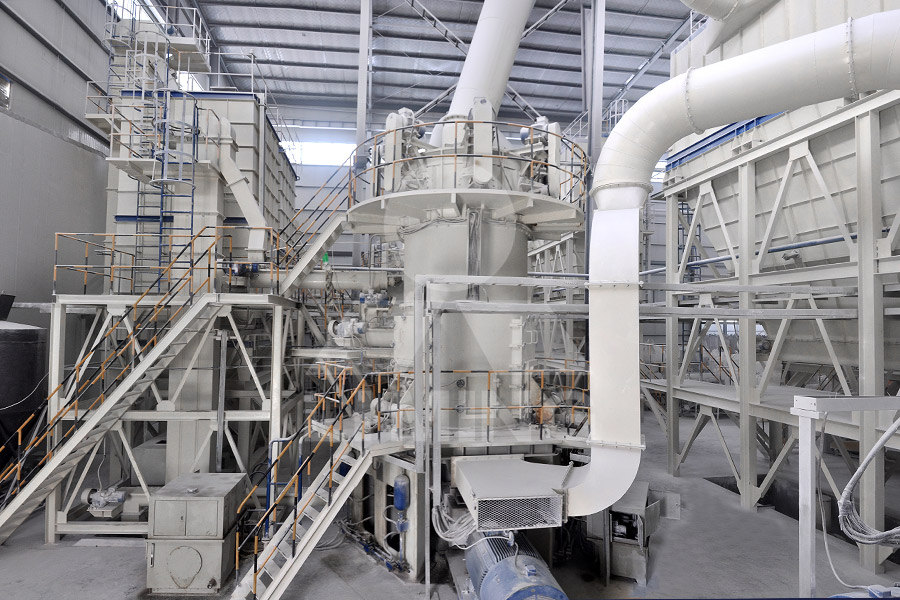
Influence of limestone particle size on iron ore sinter properties
2010年6月15日 It is therefore necessary to understand the role of limestone particle size on sinter properties and productivity In the present work laboratory sintering experiments have been carried out with different levels of limestone mean particle size (from 014 to 183mm) to understand the influence of limestone particle size on mineralogy, productivity, physical and 2015年6月5日 On the other hand Mikho Iljana et al [36] studied many properties for addition of limestone (CaCO 3 ) in iron ore pellets reduction and he concluded that with an increase in the percentage of Effect of Adding Limestone on the Metallurgical Properties of Iron 2005年1月1日 It is not a sign of a particularly advanced smelting technology, similar to the much later blast furnace technology with limestone fluxing From the high number and heavily vitrified state of the (PDF) Technical ceramics in early iron smelting: the role of 2021年1月8日 Reduction of iron In blast furnace, iron is not directly reduced from high valence oxide, but through a process of reduction from high valence oxide to low valence oxide, and then from low valence oxide to iron: Fe2O3 → Fe3O4 → FeO → Fe The reduction of iron mainly depends on carbon monoxide gas and solid carbon as reducing agentWhat's the Process of Iron Smelting? Meetyou Carbide
.jpg)
Guide to Modern Smelting Processes CED Engineering
Early iron smelting was accomplished using charcoal fueled furnaces known as bloomeries Iron's Impact: Iron tools and weapons were harder and more durable than bronze, leading to transformative changes in agriculture, construction, and warfare Iron was the foundation of empires like the Roman Empire, as it enabled the construction ofLimestone is also a very important industrial mineral Its chemical properties make it a valuable mineral for a wide range of industrial/manufacturing uses Limestone is also one of the vital raw materials used in production of iron and steel Limestone, by definition, is a rock that contains at least 50 % of CaCO3 in the form of calcite by weightLimestone – Its Processing and Application in Iron and2023年4月7日 The rarity of sulfide nickel ores has demanded the utilization of nickel extraction processes from alternative sources, namely, laterite nickel One of the nickel ore processing alternative methods which have less energy consumption is carbothermic reduction This study aimed to investigate the proper mass composition of limestone flux to get the optimum The Role of Limestone in Enhancing Selective Reduction of Nickel 2024年3月13日 Through an analysis of existing literature, case studies, and industry practices, this study will provide valuable insights into the role of limestone in the iron and steel industry, shedding light on its importance and potential for further advancements Applications of Limestone in Iron and Steel IndustryLimestone—A Review with Special Reference to the Iron and
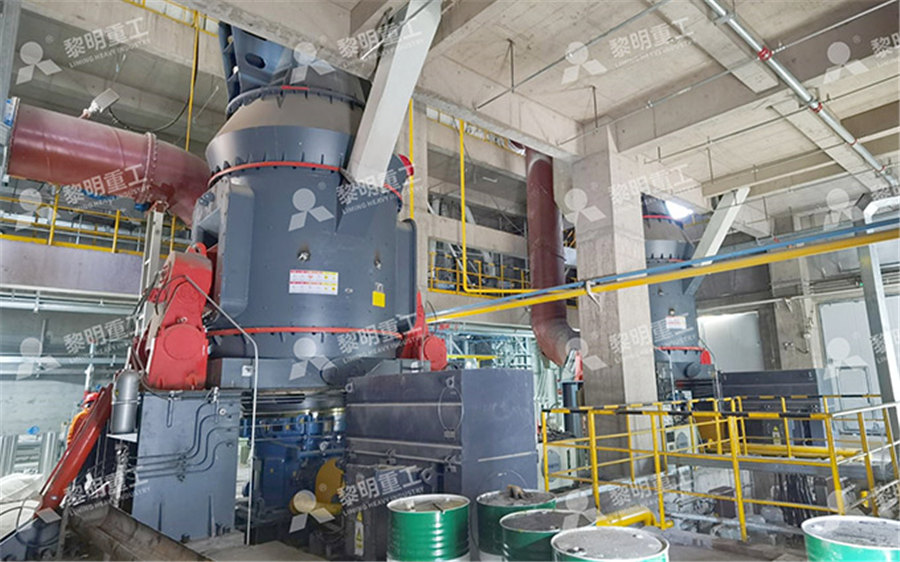
Recent Trends in the Technologies of the Direct
2023年4月5日 The blast furnace and direct reduction processes have been the major iron production routes for various iron ores (ie goethite, hematite, magnetite, maghemite, siderite, etc) in the past few decades, but the Electric phosphate smelting furnace in a TVA chemical plant (1942) Smelting is a process of applying heat and a chemical reducing agent to an ore to extract a desired base metal product [1] It is a form of extractive metallurgy that is used Smelting Wikipedia2023年9月20日 Applications of smelting process Many metals, including silver, iron, copper, and base metals, are extracted from their ores using it Metal smelting is used in a variety of industries in their daytoday operations and Smelting: Types, Process, Uses, Challenge, Effect2022年8月23日 An Overview of the ReductionSmelting Process of Iron Oxides in ModernDay Ironmaking Technology August 2022; August 2022; 17(4) limestone is used as fluxing materials to control basicity of (PDF) An Overview of the ReductionSmelting Process of Iron
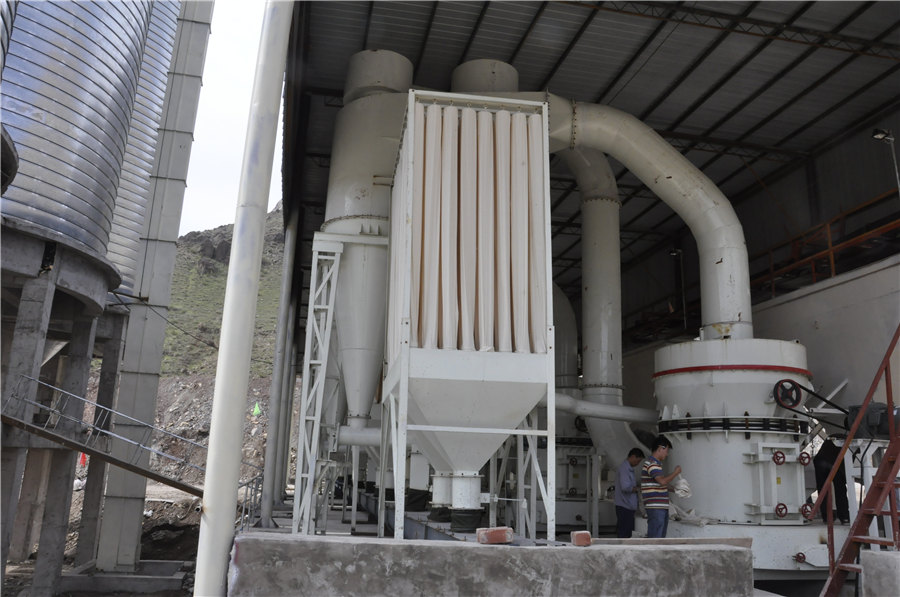
The role of phosphorus in the archaeometallurgy of iron: Sem
2013年1月1日 The research of iron objects and history of smelting in the Carpathian Basin run back over two hundred, while the analysis of copper, gold and bronze artefacts over one hundred years2013年5月8日 The limestone which is used by iron and steel industry in bulk quantity is a bedded type sedimentary limestone The two most important constituents are calcite and dolomite Limestone frequently contains magnesium carbonate, either as dolomite CaCO3Mg CO3 or magnesite (MgCO3) mixed with calciteLimestone and Dolomite and their Use in Iron and Steel Plant1998年5月14日 Summary This chapter contains sections titled: The Production of Iron Open Hearth Steelmaking Smelting The Production of Alumina References Skip to Article Content; Skip to Article Information; within term Use of Limestone in Refining Metals JAH Oates (BSc, CChem, FRSC, FIQ, MIQA),Use of Limestone in Refining Metals Wiley Online Library2023年11月30日 Thus, smelting is the process before melting, serving as the initial step in transforming raw ore for further processing Which Metal Is Used In Smelting? 1 Iron Primary Metal for Smelting: Iron is the primary and most commonly used metal in the process of smelting Its versatility and abundance make it important for metallurgyWhat is Smelting Difference, Process, And Uses MetalsCut4U
.jpg)
[Solved] Function of limestone in the manufacturer of iron from
Concept: Slag is defined as stony waste matter separated from metals during the smelting or refining of ore; Slag can also serve other purposes, such as assisting in the temperature control of the smelting, and minimizing any reoxidation of the final liquid metal product before the molten metal is removed from the furnace and used to make solid metal2018年6月25日 Why Experimental Iron Smelting? Meroe’s iron producers made use of the direct, or bloomery, smelting technology Unlike the blast furnace technologies of today, bloomery ironmaking involves the reduction of iron oxides to particles of iron metal in the solid state (Pleiner Citation 2000: 141–142)All processes necessary for reduction occur within a reaction vessel, Full article: Iron Smelting in Sudan: Experimental Archaeology at The 2024年3月20日 The article provides an overview of the steel making process, detailing how raw materials like iron ore, coke, and limestone are transformed into versatile and durable steel through a complex series of steps depicted in a Understanding the Steel Making Process: A Flow valuable insights into the role of limestone in the iron and steel industry, shedding light on its importance and potential for further advancements Applications of Limestone in Iron and Steel Industry Limestone has several applications in the iron and steel industry Its versatile propLimestone—A Review with Special Reference to the Iron and
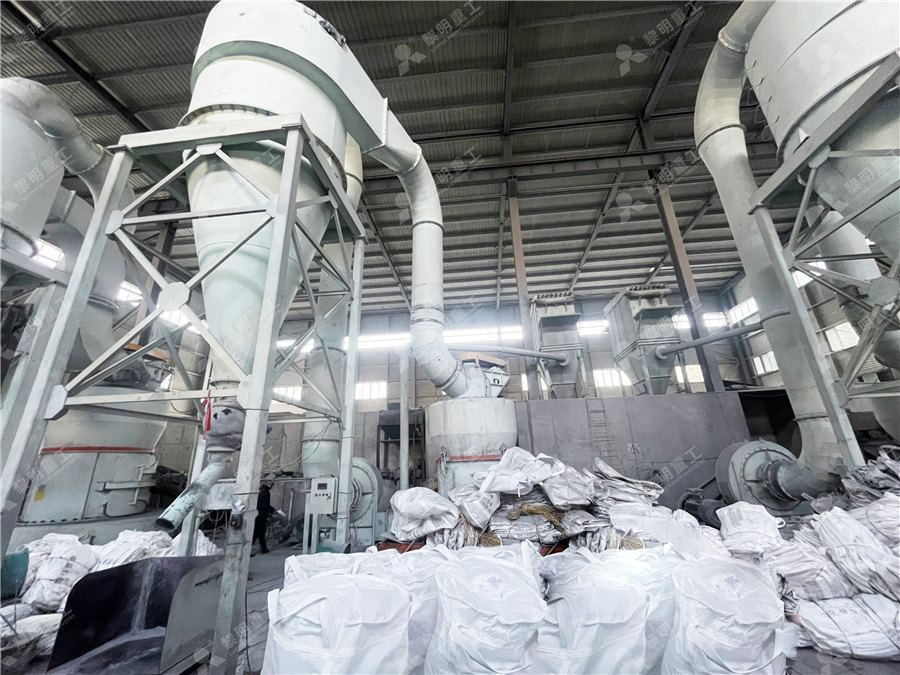
What's the earliest case of ironsmelting with hard evidence?
Someone insists smelting iron wasn't invented until than the melting point of elemental iron (7001200'C vs 1500'C) Certain "fluxes", like siliceous minerals or limestone, further lower or aid the ore so their axes were used more as money than as weapons or tools (though they saw limited use in those roles, it The contribution deals with the problem of preRoman iron smelting in the area of the Przeworsk culture Although smallscale production must be assumed for the younger preRoman Iron Age, reliable evidence for iron smelting using bog iron ores only begins to appear at the transition to the Roman period (A3/B1)(PDF) The role of Celts in popularising iron smelting in the Polish The role of limestone can be summarized as: 1) Iron 261 696 120 Titanium 36 24 1 Phosphorus 11500 78 113 *as reported in [3] Table II: Test parameters Test Fuel1 Fuel ratio,The Role of Limestone in Preventing Agglomeration and Click here👆to get an answer to your question ️ What is the role of limestone in the extraction of iron from its oxides? Solve Study Textbooks Guides Join / Login >> Class 12 >> Chemistry >> General Principles and Processes of Isolation of Elements What is the role of limestone in the extraction of iron from its
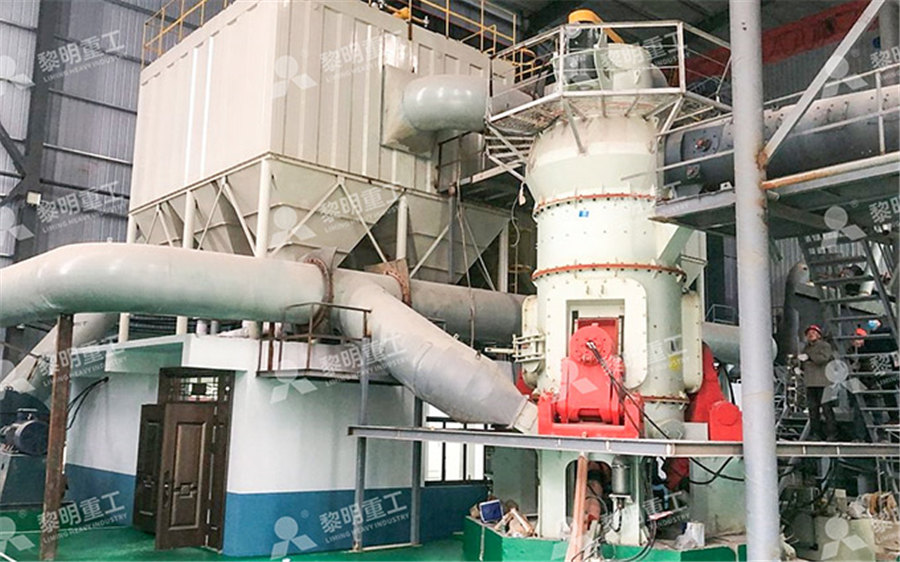
Iron Ore: The Steel Raw Materials Journey MachineMFG
2023年9月1日 Iron ore is mainly divided into three types: magnetite, hematite, and limonite, all of which are iron oxides, differing in their oxidation methods The higher the iron content in the iron ore, the better Theoretically, the highest iron content in iron ore is around 72%, and iron ore with an iron content above 60% is called rich iron oreReaction in blast firnace during metallurgy of Fe at 500 K – 800 K involves 3Fe 2 O 3 + CO → 2Fe 3 O 4 + CO 2 3Fe2O 4 + 4CO → 3Fe + 4CO 2 Fe 2 O 4 + CO → 2FeO + CO 2 Reduction of iron oxides takes place Limestone is added, during metallurgy as it decomposes to CaO at high temperature in funaceReaction in blast firnace during metallurgy of Fe at 500 KNext to the skull of the buried man was a forged iron anvil Grave goods at Kamilamba also included pottery, iron tools, and iron and copper jewelry, the latter probably traded from the Katanga Copperbelt to the south Only a few individuals were buried with rare items such as the ceremonial axe and anvilAfrica’s Iron Origins: Archeological Evidence2020年8月13日 In the extraction of iron, a basic flux limestone is used Limestone decomposes to form CaO which reacts with silica gangue present in the iron ore is acidic in nature to form calcium silicate (slag)What is the role of Limestone in the extraction of Iron from its
.jpg)
How does limestone remove impurities during the extraction of iron
2024年5月29日 Iron ore is the primary source of iron, coke is used as a fuel and reducing agent, and limestone helps remove impurities from the iron ore during the smelting process Related questions2021年11月1日 Owing to the crystal transformation of iron oxides during the reduction process, the iron ore pellets usually swell to some extent [8]In addition, basicity will have additional influences on the swelling performance [9]Up to now, previous researches have established that the generation of reduction swelling confirms to three viewpoints, respectively, crystal Effect of basicity on the reduction swelling behavior and mechanism 2010年6月15日 It is therefore necessary to understand the role of limestone particle size on sinter properties and productivity In the present work laboratory sintering experiments have been carried out with different levels of limestone mean particle size (from 014 to 183mm) to understand the influence of limestone particle size on mineralogy, productivity, physical and Influence of limestone particle size on iron ore sinter properties 2015年6月5日 On the other hand Mikho Iljana et al [36] studied many properties for addition of limestone (CaCO 3 ) in iron ore pellets reduction and he concluded that with an increase in the percentage of Effect of Adding Limestone on the Metallurgical Properties of Iron
.jpg)
(PDF) Technical ceramics in early iron smelting: the role of
2005年1月1日 It is not a sign of a particularly advanced smelting technology, similar to the much later blast furnace technology with limestone fluxing From the high number and heavily vitrified state of the 2021年1月8日 Reduction of iron In blast furnace, iron is not directly reduced from high valence oxide, but through a process of reduction from high valence oxide to low valence oxide, and then from low valence oxide to iron: Fe2O3 → Fe3O4 → FeO → Fe The reduction of iron mainly depends on carbon monoxide gas and solid carbon as reducing agentWhat's the Process of Iron Smelting? Meetyou CarbideEarly iron smelting was accomplished using charcoal fueled furnaces known as bloomeries Iron's Impact: Iron tools and weapons were harder and more durable than bronze, leading to transformative changes in agriculture, construction, and warfare Iron was the foundation of empires like the Roman Empire, as it enabled the construction ofGuide to Modern Smelting Processes CED EngineeringLimestone is also a very important industrial mineral Its chemical properties make it a valuable mineral for a wide range of industrial/manufacturing uses Limestone is also one of the vital raw materials used in production of iron and steel Limestone, by definition, is a rock that contains at least 50 % of CaCO3 in the form of calcite by weightLimestone – Its Processing and Application in Iron and
.jpg)
The Role of Limestone in Enhancing Selective Reduction of Nickel
2023年4月7日 The rarity of sulfide nickel ores has demanded the utilization of nickel extraction processes from alternative sources, namely, laterite nickel One of the nickel ore processing alternative methods which have less energy consumption is carbothermic reduction This study aimed to investigate the proper mass composition of limestone flux to get the optimum 2024年3月13日 Through an analysis of existing literature, case studies, and industry practices, this study will provide valuable insights into the role of limestone in the iron and steel industry, shedding light on its importance and potential for further advancements Applications of Limestone in Iron and Steel IndustryLimestone—A Review with Special Reference to the Iron and












